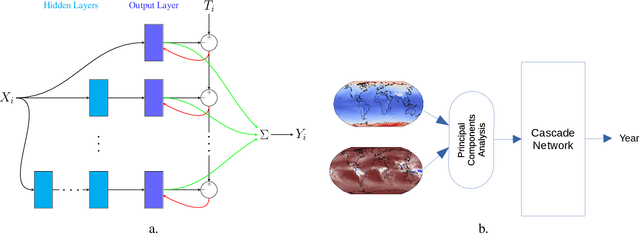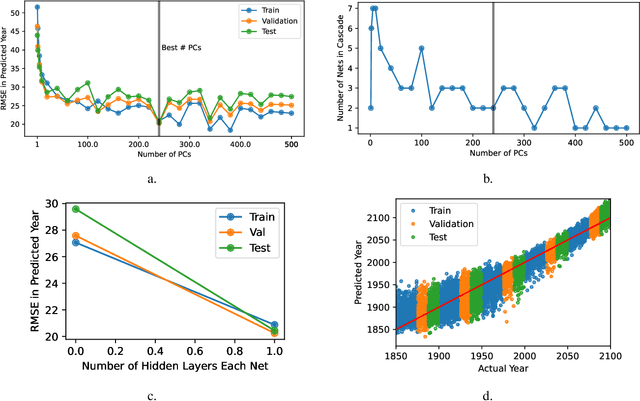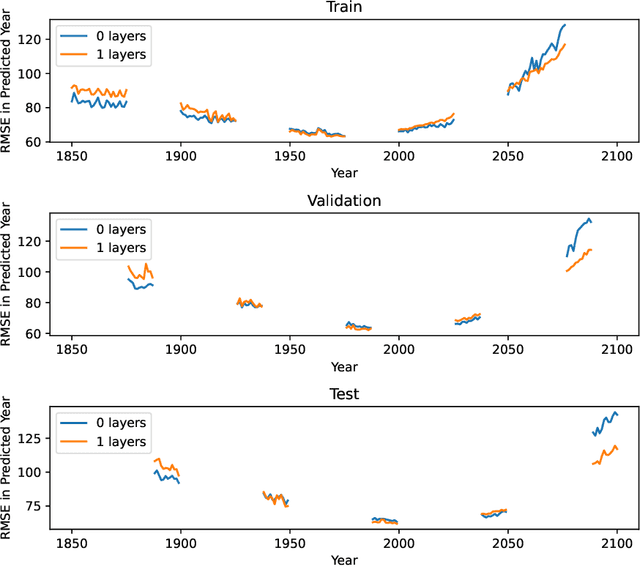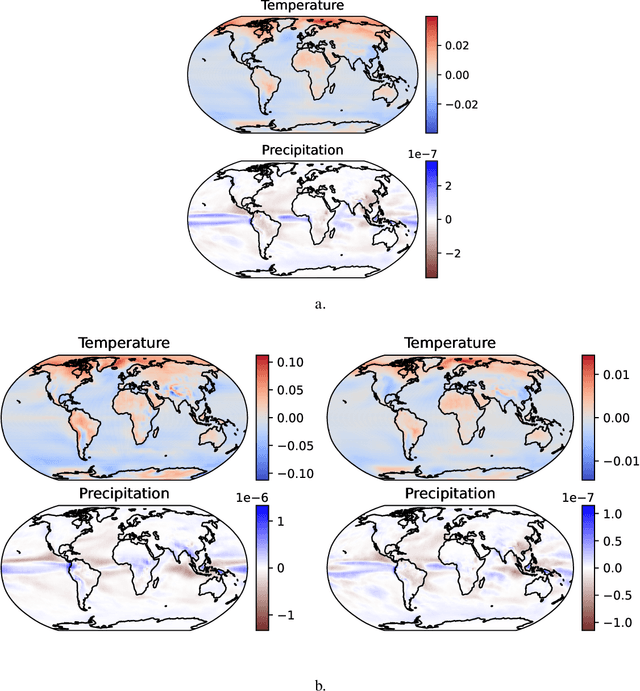Interpretable Climate Change Modeling With Progressive Cascade Networks
Paper and Code
May 12, 2022



Typical deep learning approaches to modeling high-dimensional data often result in complex models that do not easily reveal a new understanding of the data. Research in the deep learning field is very actively pursuing new methods to interpret deep neural networks and to reduce their complexity. An approach is described here that starts with linear models and incrementally adds complexity only as supported by the data. An application is shown in which models that map global temperature and precipitation to years are trained to investigate patterns associated with changes in climate.
 Add to Chrome
Add to Chrome Add to Firefox
Add to Firefox Add to Edge
Add to Edge